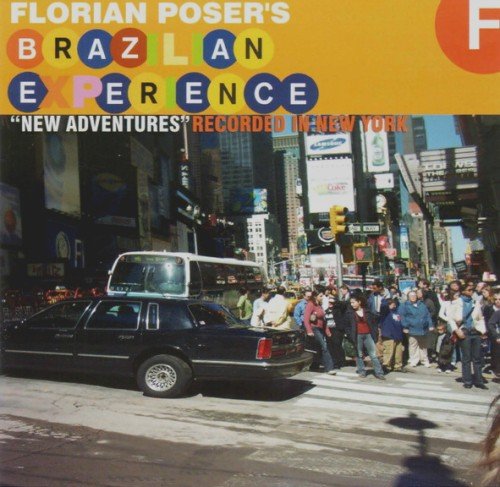George Braith - The Complete Blue Note Sessions (2001)

Artist: George Braith
Title: The Complete Blue Note Sessions
Year Of Release: 2001
Label: Blue Note / Capitol
Genre: Jazz, Post-Bop, Saxophone Jazz
Quality: FLAC (tracks+.cue, log, Artwork)
Total Time: 1:54:58
Total Size: 712.6 MB
WebSite: Album Preview
Tracklist: Title: The Complete Blue Note Sessions
Year Of Release: 2001
Label: Blue Note / Capitol
Genre: Jazz, Post-Bop, Saxophone Jazz
Quality: FLAC (tracks+.cue, log, Artwork)
Total Time: 1:54:58
Total Size: 712.6 MB
WebSite: Album Preview
CD1:
01. Mary Ann (7:31)
02. Home Street (6:57)
03. Poinciana (6:17)
04. Mary Had A Little Lamb (6:57)
05. Braith-a-way (13:29)
06. The Man I Love (5:26)
07. Outside Around The Corner (7:53)
08. Soul Stream (3:15)
CD2:
01. Boop Bop Bing Bash (6:24)
02. Billy Told (7:53)
03. Jo Anne (5:22)
04. Nut City (5:57)
05. Ethlyn's Love (7:23)
06. Out Here (6:59)
07. Extension (6:40)
08. Sweetville (6:04)
09. Every Time We Say Goodbye (4:30)
The use of multiphonics in jazz has been mastered by very few players, and while at times shrill and thin, can be enlivening and exciting. Rahsaan Roland Kirk and Albert Mangelsdorff set the gold standard, while several trumpeters like Rayse Biggs and Corey Wilkes have tried it with two brass instruments, and contemporary saxophonist Jeff Coffin gives it ago. George Braith holds a singularly unique place in the pantheon of these stylistas, following the path of Kirk in playing two saxophones while combining bop and soul-jazz. This set represents the complete works of Braith on Blue Note in 1963 and 1964 from the albums Two Souls in One, Soul Stream, and Extension. While a consistently satisfying set, it does take some orientation and a bit of patience warming up to the duality presented on a combination of soprano, alto, straight alto aka the stritch, and tenor sax. The brilliant guitarist Grant Green and Braith's high school classmate Billy Gardner on the Hammond B-3 organ are heard throughout, with three different drummers per album. Braith wrote the bulk of the material, with an occasional cover or traditional song tossed in for good measure. Because of the uneven level of song choices overall, there are definitive standout cuts, but the Two Souls in One recording features the great drummer Donald Bailey, and that factor alone lifts the first five tracks. Theoretically, doing "Mary Ann" and "Mary Had a Little Lamb" brings the session down to a childish level. A unique version on alto only of the choppy, Latin shaded "Poinciana," the original light waltz "Home Street" with the dual horns agreeably merging together, and the 13 1/2 minute soprano sax jam "Braith-A-Way" lifts the cache of Braith's music. Hugh Walker on the drum kit stokes the rhythms for Soul Stream, six cuts that range from a stealth, slinky variation of "The Man I Love" (dedicated to assassinated Pres. John F. Kennedy,) the spatial ballad title track, the hot bop "Boop Bop Bing Bash" with Braith's woodwinds a tad bleating, and the Spanish castanet flavored traditional "Billy Told," adapted from the "William Tell Overture." Finally Clarence Johnston is the drummer on the final six selections, all originals save for a bop take of the Cole Porter standard "Ev'ry Time We Say Goodbye," which closely foreshadows the style of Kirk. Braith adopts a lilting quality for the spirit waltz "Nut City," paraphrases Dizzy Gillespie and Gil Fuller's "Things to Come" on "Extension," while Johnston proffers the perfect small shuffle beat on "Sweetville." "Out Here" is the most fun and playful tune of the entire collection, using pedal point start-stops, shifting bop lines, and tangents that stream out of the nimble beat. Grant Green is the true star here at a time where he was ultimately empowered as a sideman, and special attention must be given to the obscure but cozy and talented Gardner. Where the saxophonist's personal sound may not universally appeal to all, his style next to Kirk compares favorably. One of the truly lost figures of modern jazz, George Braith deserves a revisit, and this complete compilation is quite worthy of more attention as the years go passing by.
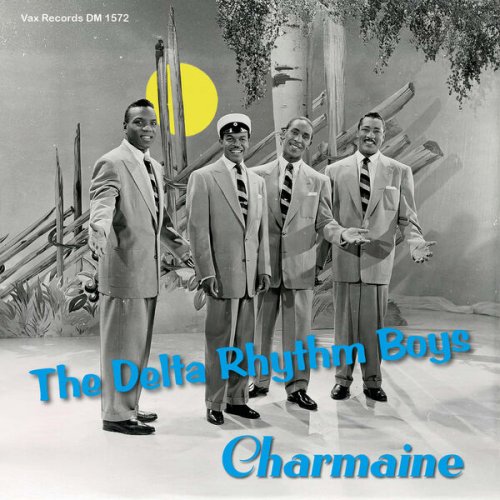
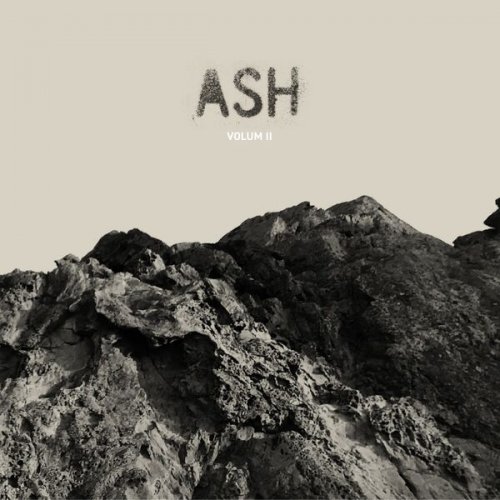
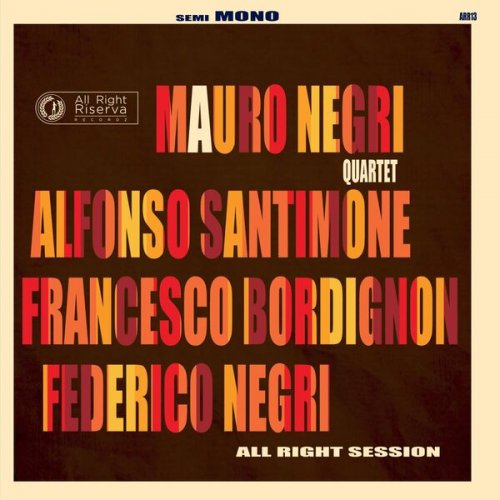
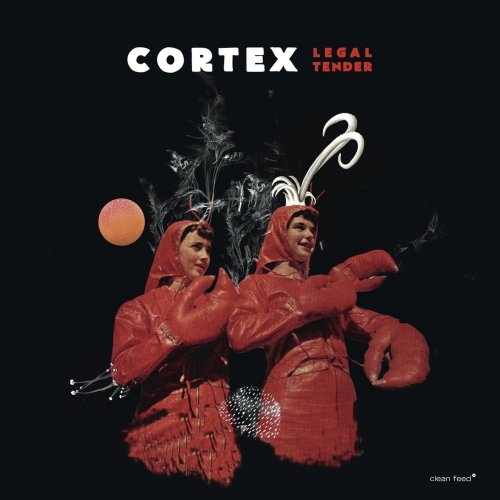
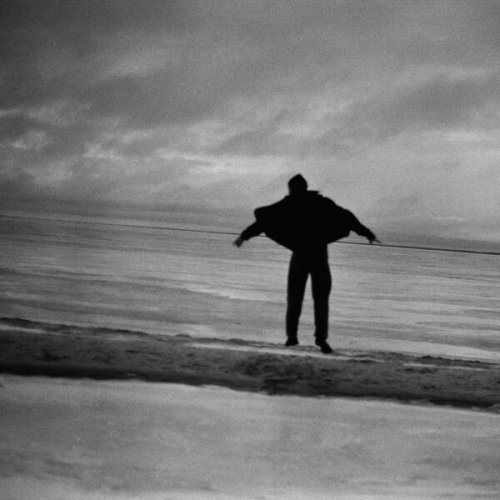
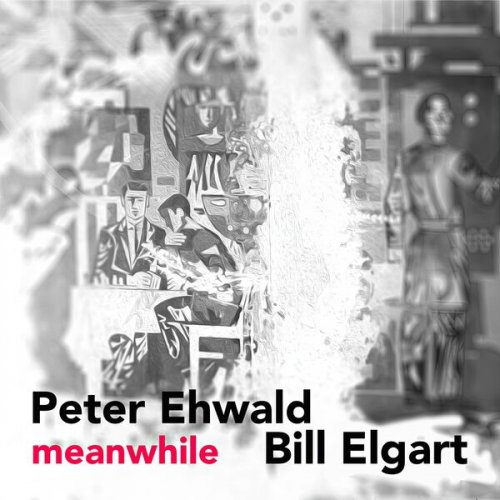
![Frank Sinatra, Count Basie - It Might As Well Be Swing (1964) [2021 SACD] Frank Sinatra, Count Basie - It Might As Well Be Swing (1964) [2021 SACD]](https://www.dibpic.com/uploads/posts/2025-12/1766090910_scan-1.jpeg)
![Paul Mauriat - L'avventura (1972) [Hi-Res] Paul Mauriat - L'avventura (1972) [Hi-Res]](https://img.israbox.com/img/2025-12/19/q8l5an3pdrx7j3uta0q4cr2qi.jpg)
